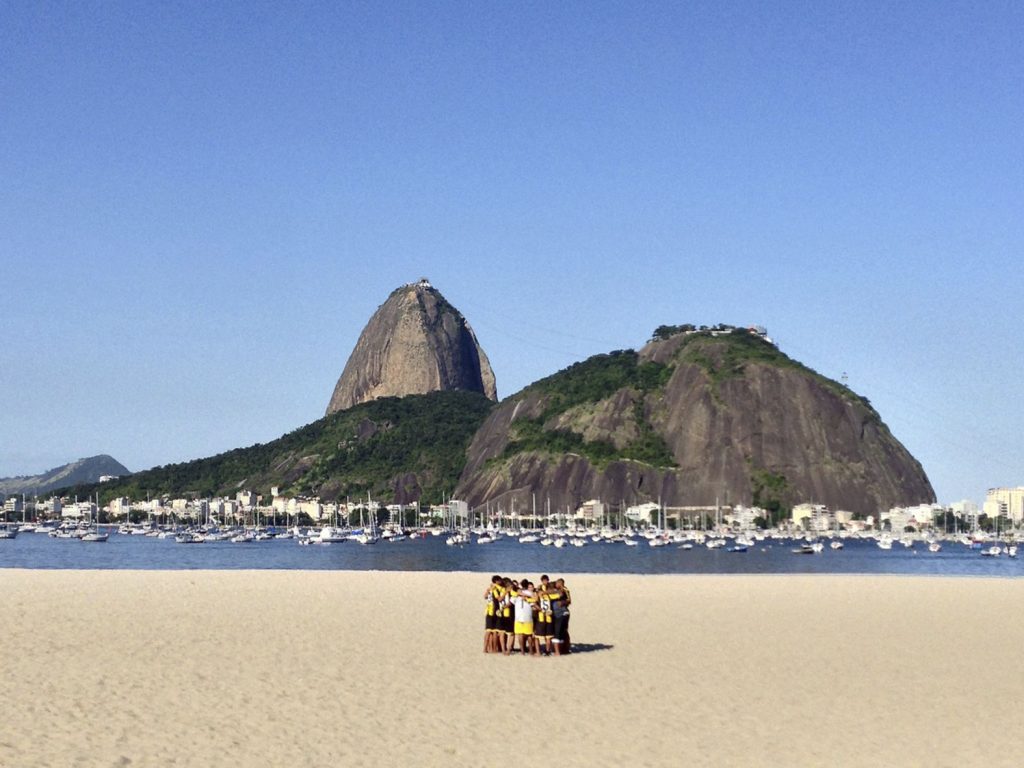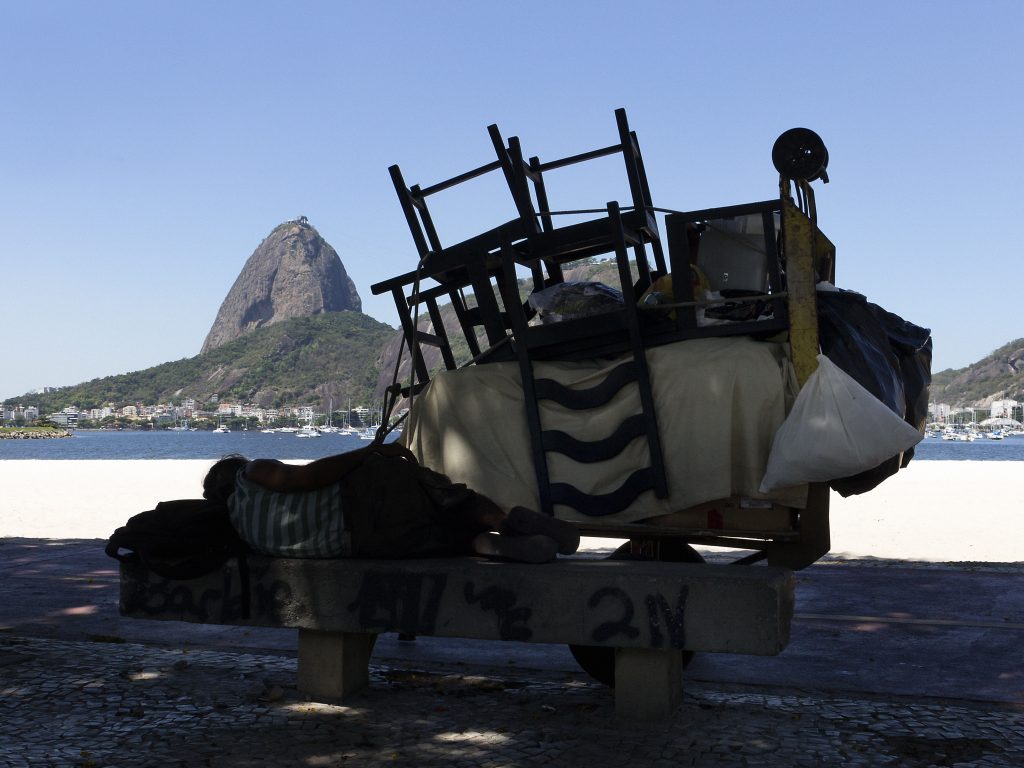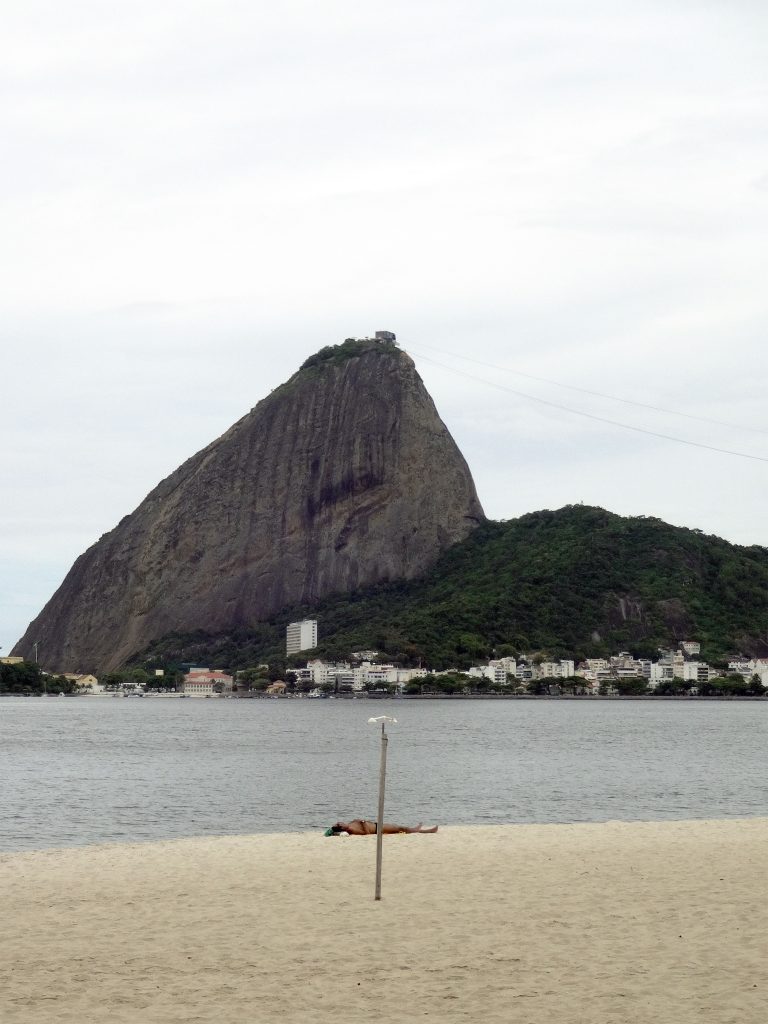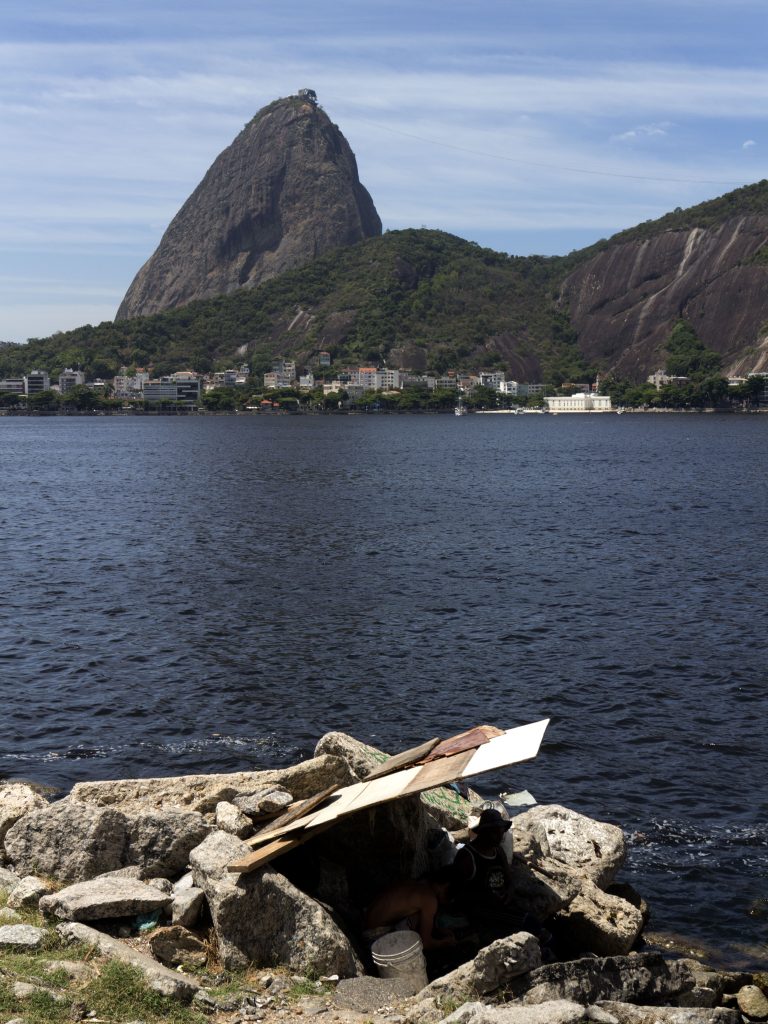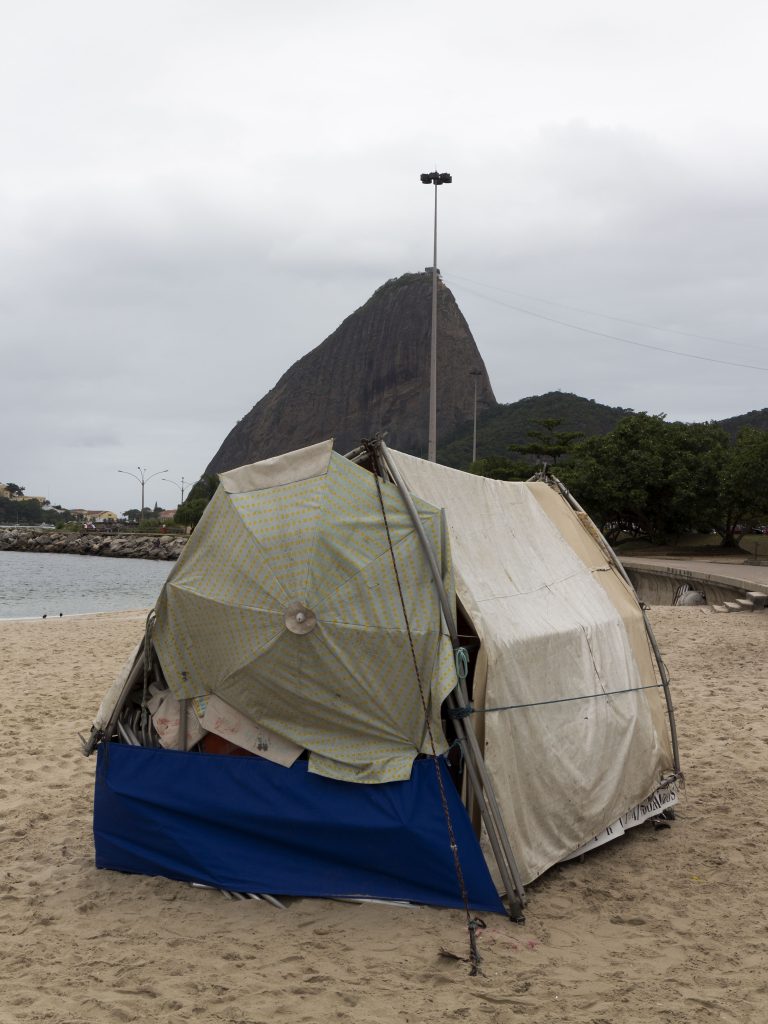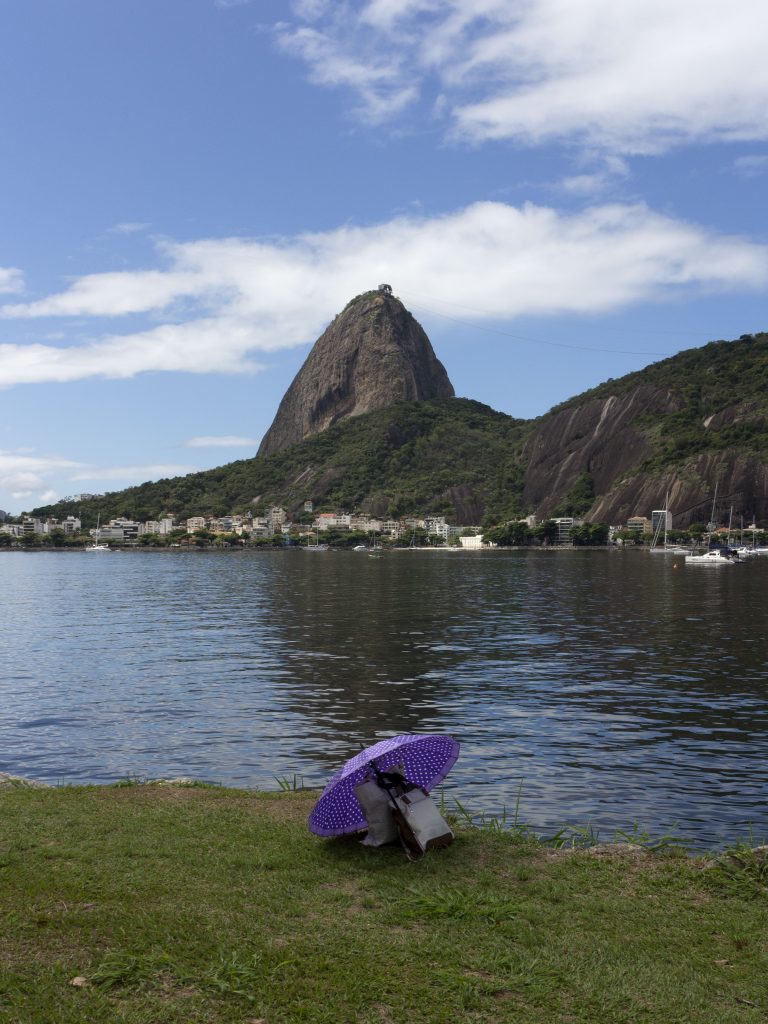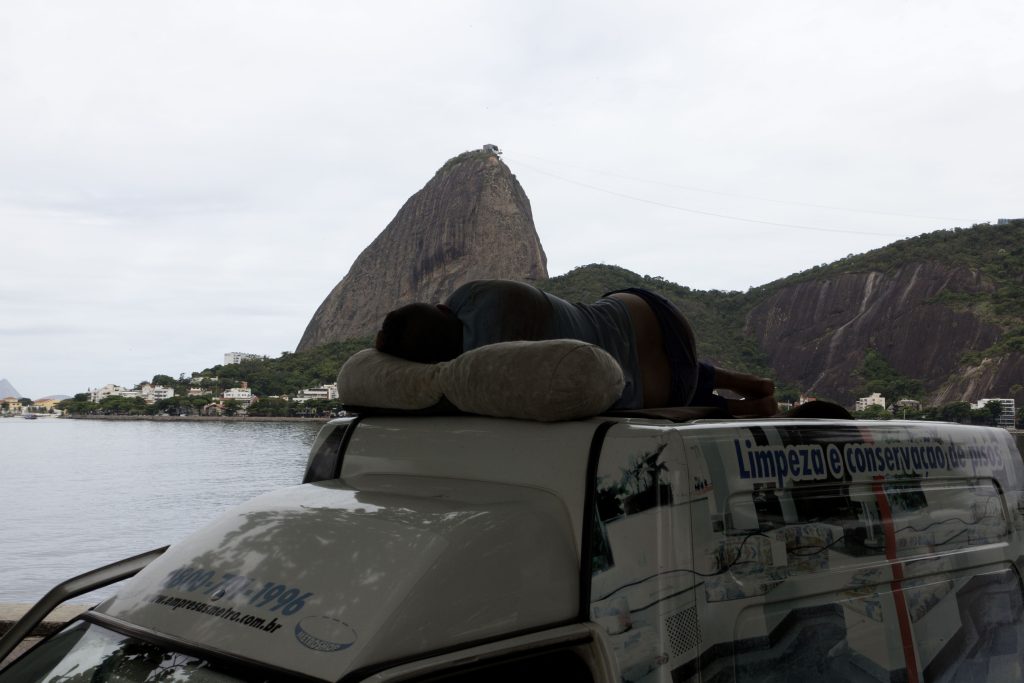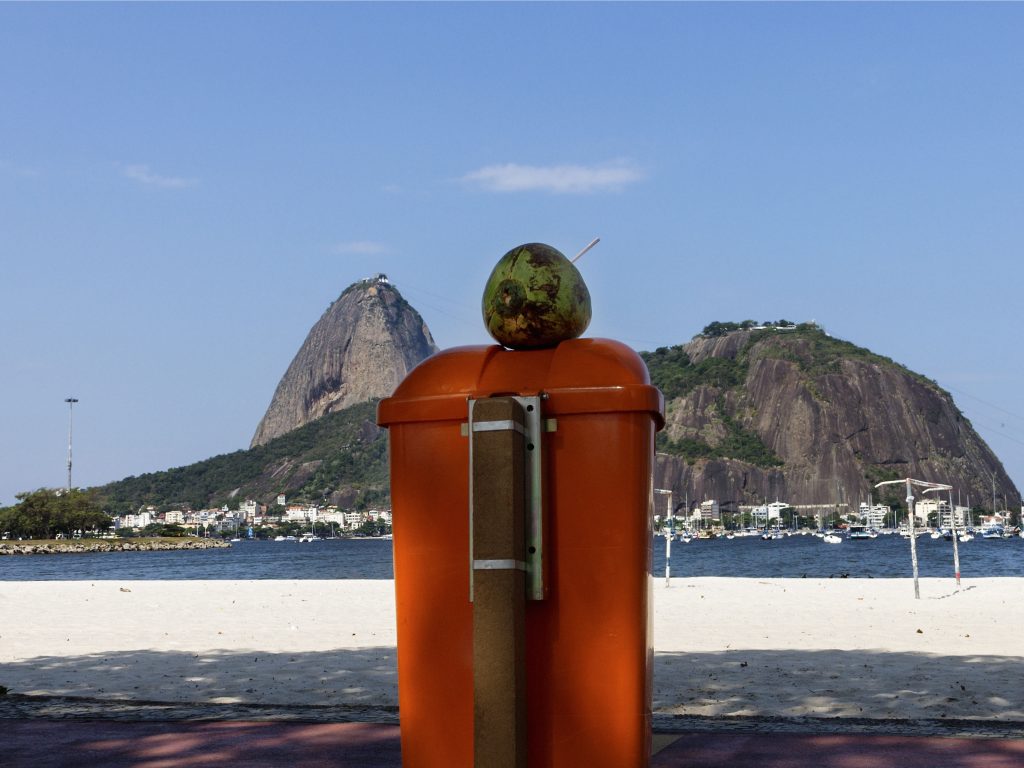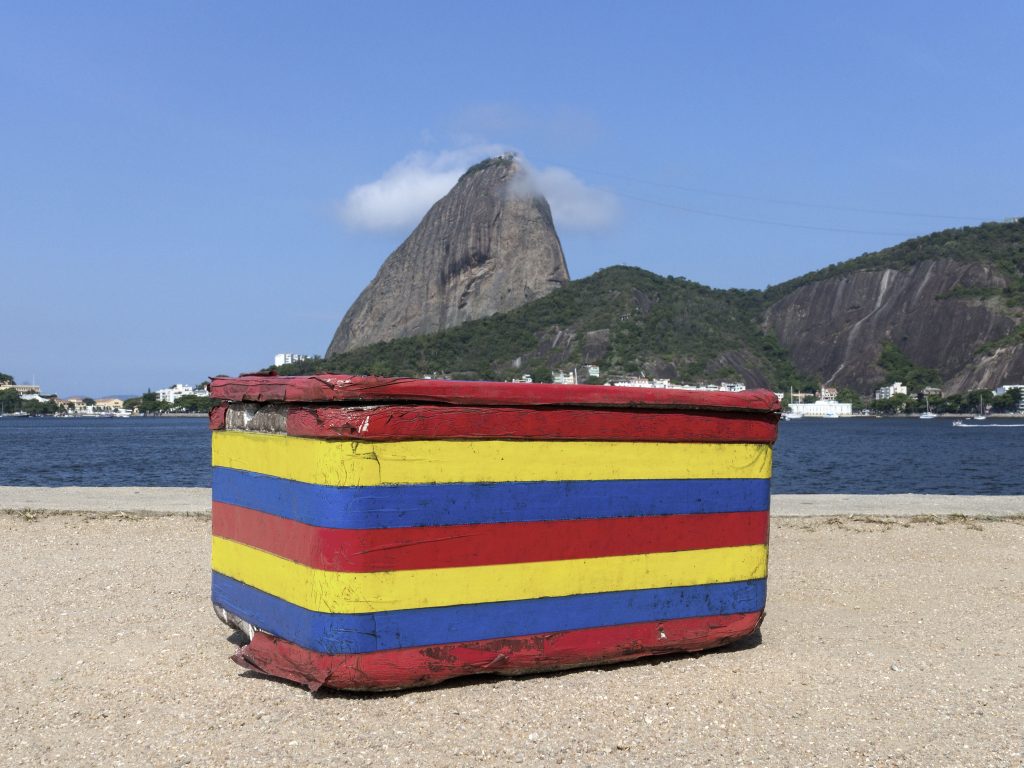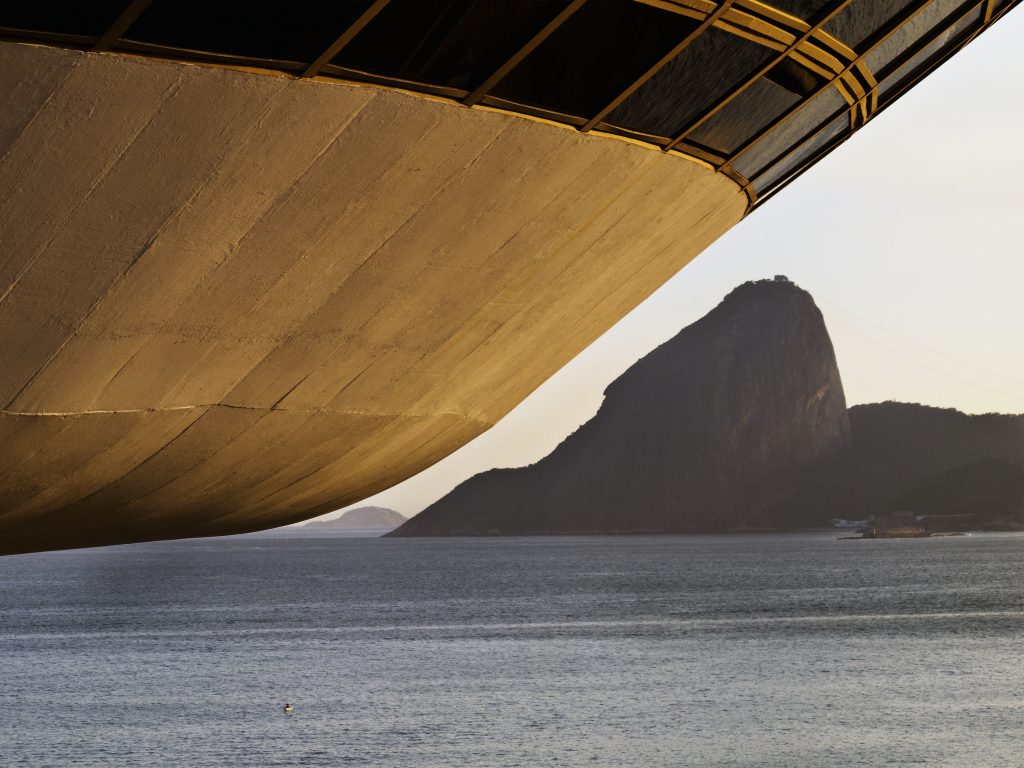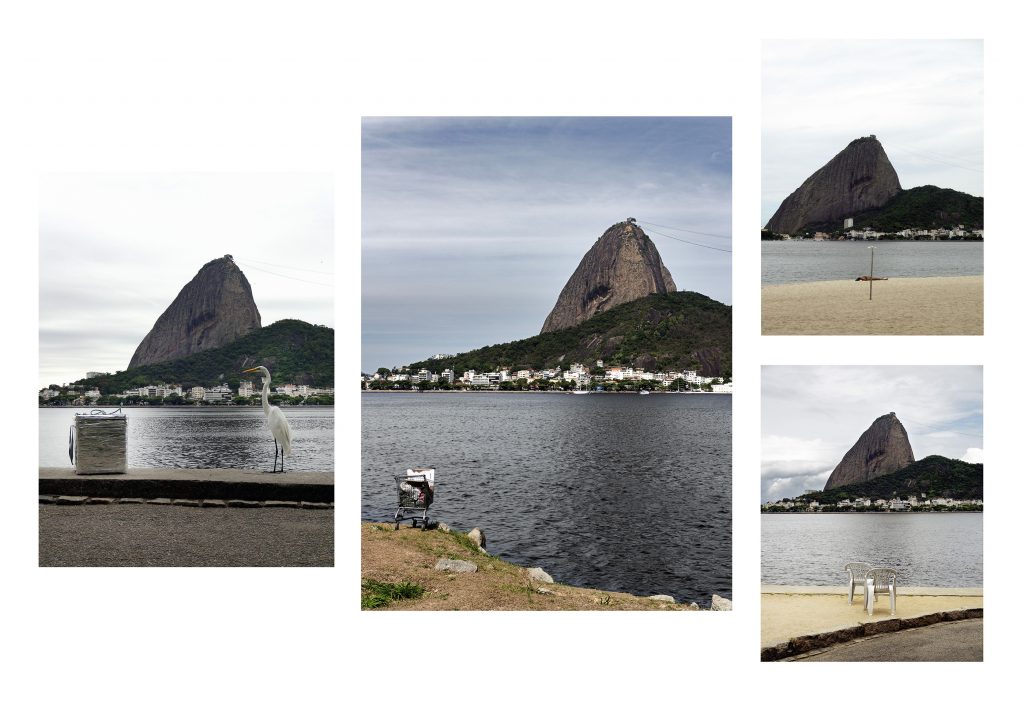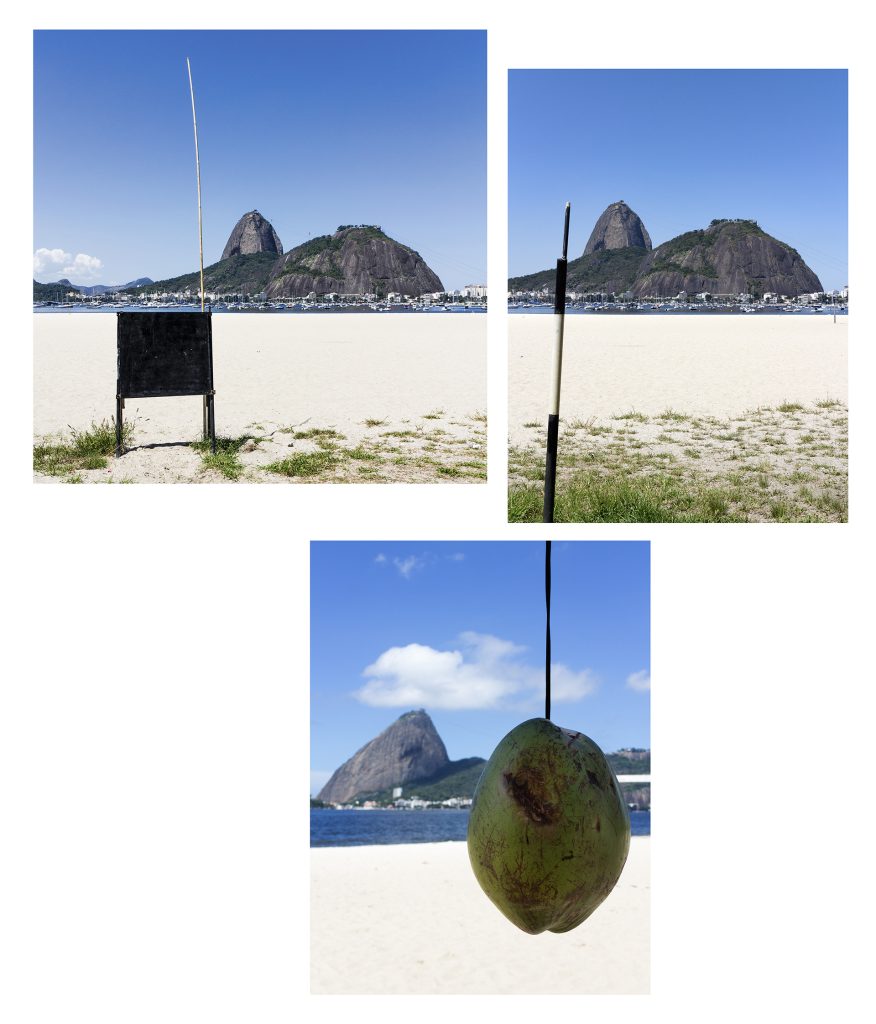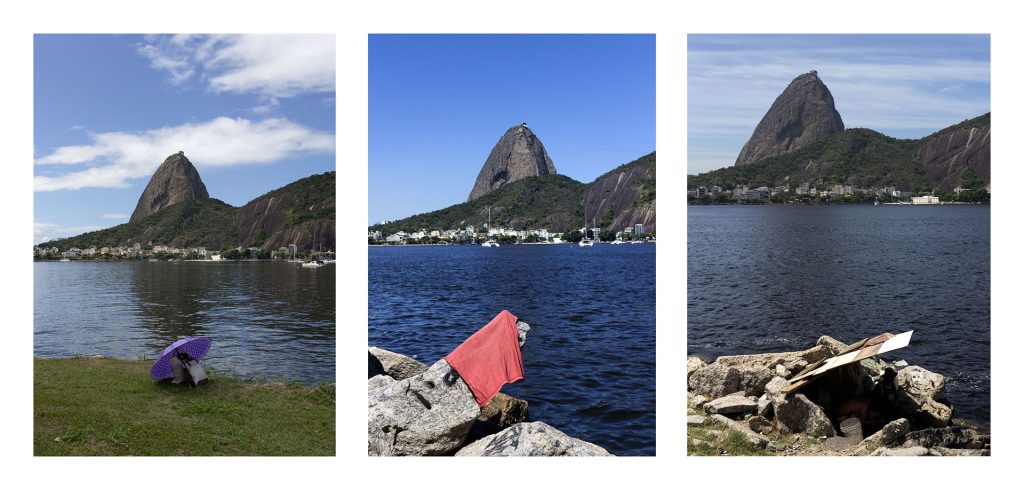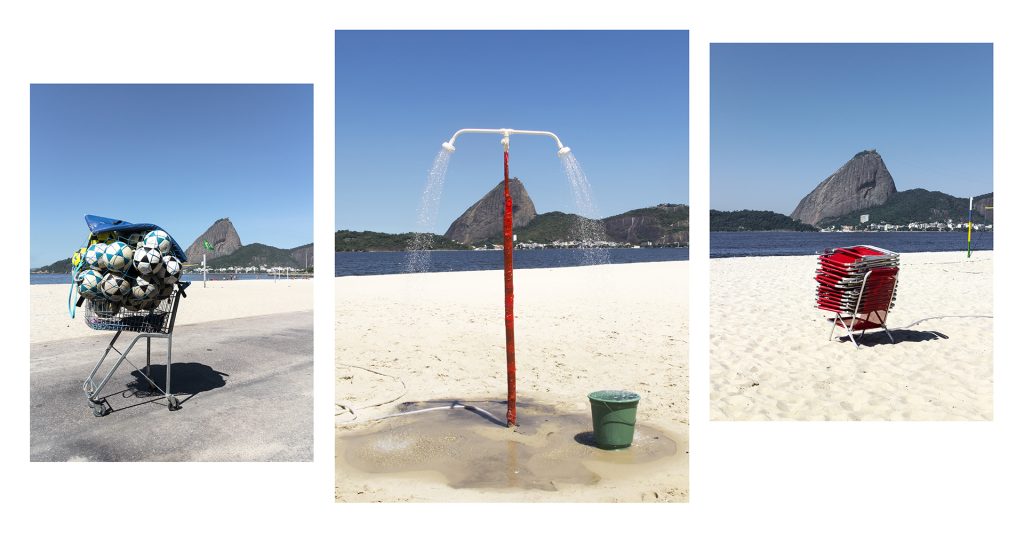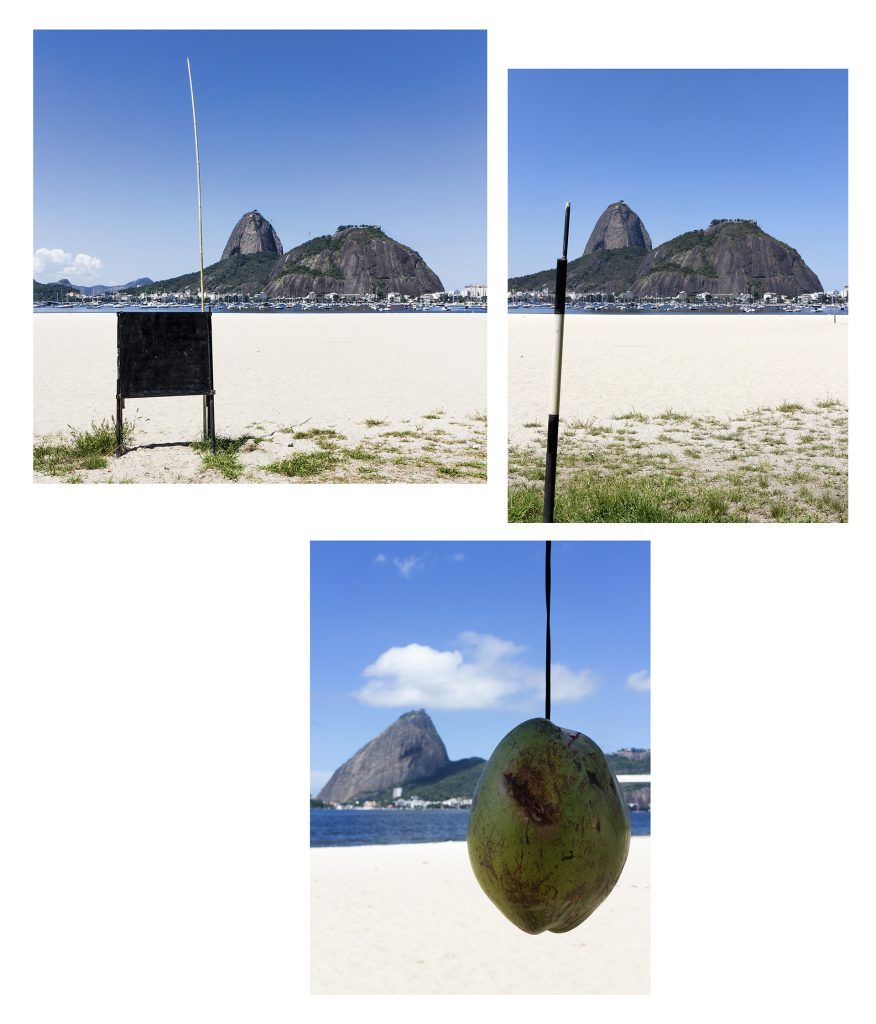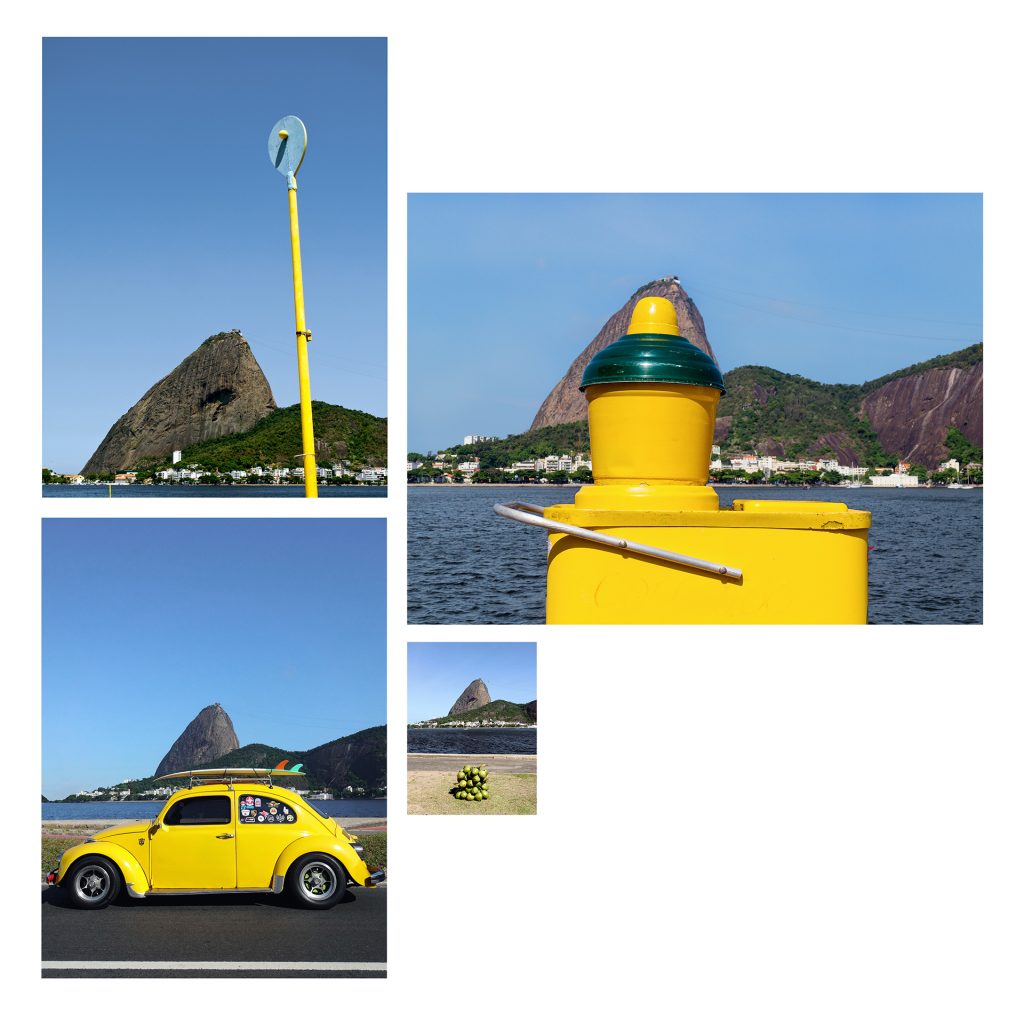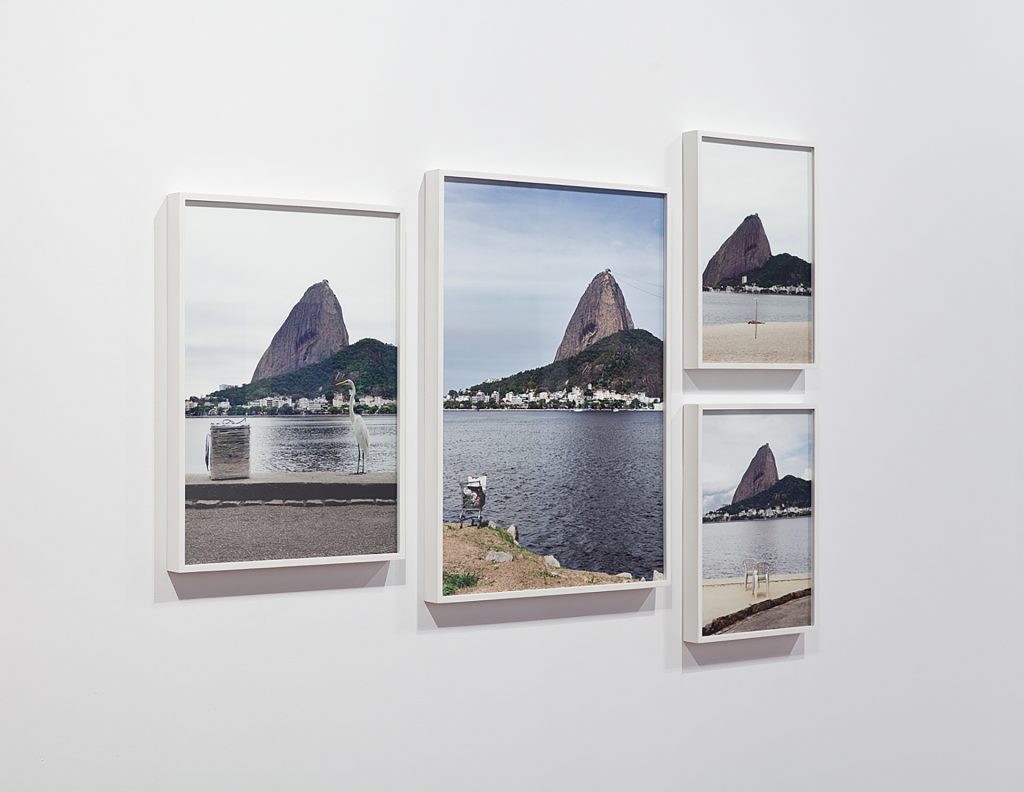
Sugar Loafer

Mountains tend to exert a certain fascination over us humans. Whether because of their or their millions of years of duration, they seem to somehow put us on a scale around the mysteries of the world. In the history of art, at least two have become well-known. Hokusai (1830-32) and Hiroshige (1852-58), each in their own way, produced a series of prints with the same title: 36 Views of Mount Fuji. In them depict the mountain at different times of the year, in different weather conditions and from different points of view. Another famous rock formation in art is Mont Sainte-Victoire, located near Aix-en-Provence, and painted several times by Paul Cézanne throughout his life until his death in 1906. The painter saw the mountain as a beau motif. For his part, there was a frequent interest in representing the transition of light and its effects on the imposing elevation.
The mountain range formed by Sugar Loaf Mountain and Urca Hill as one of the best known in the country. From the logo of cab cooperatives to international tourist campaigns, its silhouette is there, omnipresent in the imagery that constitutes (and capitalizes on) an idea of Rio de Janeiro.
idea of Rio de Janeiro.
Marcos Chaves, aware of the cliché raised by the saturation of the image inherent in a tourist attraction, focuses his gaze on situations or indices aimed at the its surroundings, as if he were trying to decondition, click after click, his gaze on an old acquaintance.
Irony soon appears if we think of Cézanne’s beau motif and chance, intentionally assimilated by the artist who recognizes the encounter, points to a different practice from that of painters, since the scenes/frames are not prepared, and is confirmed as a constituent matter of the gaze itself. Sugar Loafer thus distances itself from the conceptual nuances found in the artist’s first work reflecting on the image of Rio’s natural monument, the photo/visual poem Eu só vendo a vista, produced in 1997.
If in the latter, the monument was framed from a viewpoint, high up, its surroundings, below, are swept by foot or bicycle, on a scale more likely to detect the smallest urban activities. This mobility of the body in the landscape gives us clues as to the title of the series. Loafer, also a derivation of loaf, not only refers to the English translation of Pão de Açúcar (Sugar Loaf), translated into Portuguese as mocassim, but also vadio (wanderer), in a sense that is not exactly the same as, but adjacent to, the figure of the flâneur, the wandering type of modernity, as described by Charles Baudelaire.
Yan Braz

